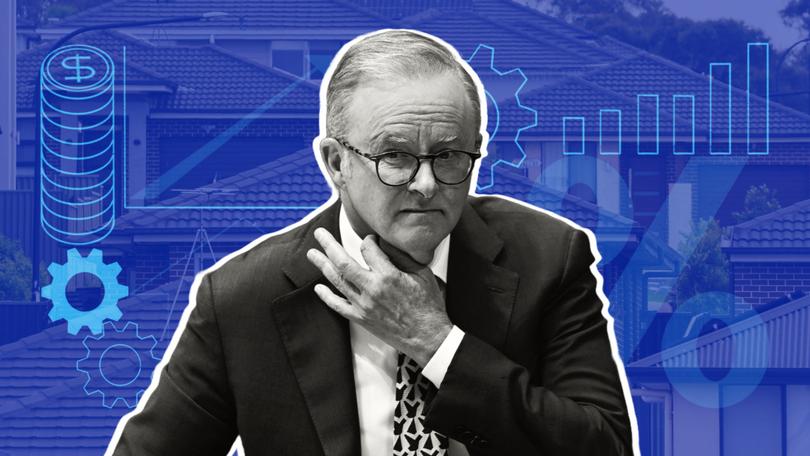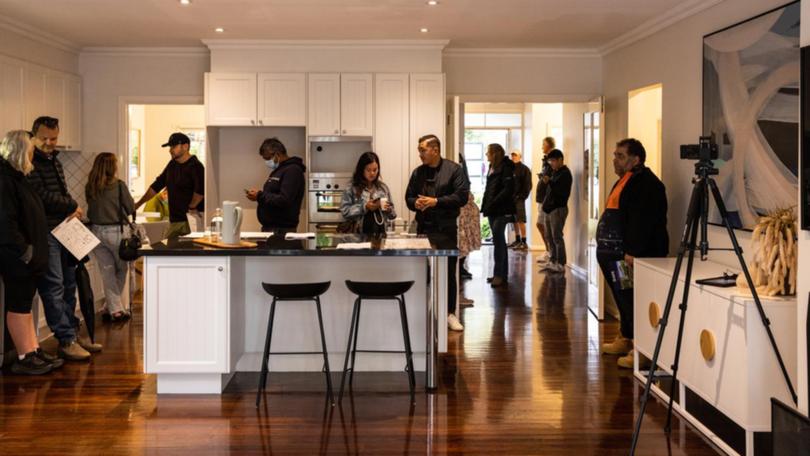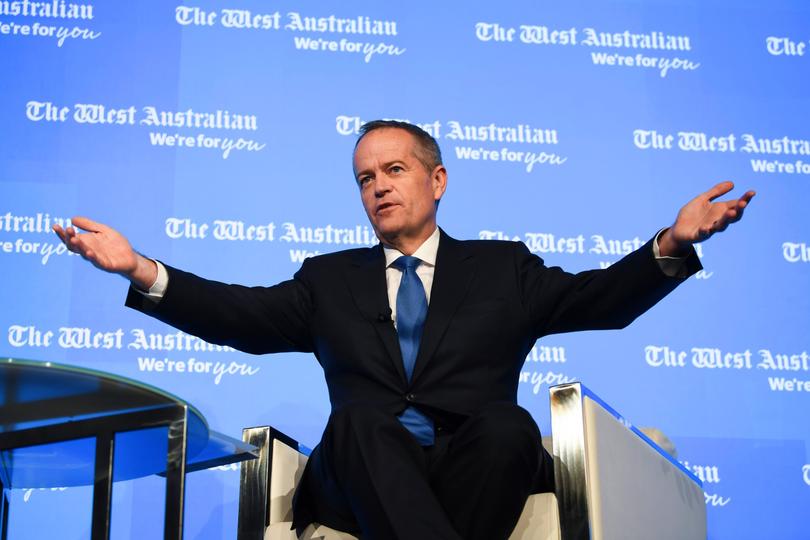Negative gearing: What is it and will axing it make it easier to buy a house?

Labor is having a will-they-won’t-they moment with negative gearing and capital gains tax.
Speculation has mounted over whether Labor was toying with the policies for the upcoming Federal Election after the Treasury confirmed it had modelled some changes to the tax concessions.
Prime Minister Anthony Albanese has not denied that Treasury undertook the modelling, but insisted he did not request the work, nor does he know if Treasurer Jim Chalmers did.
Sign up to The Nightly's newsletters.
Get the first look at the digital newspaper, curated daily stories and breaking headlines delivered to your inbox.
By continuing you agree to our Terms and Privacy Policy.A day after insisting tweaking the concessions was “not our policy”, Mr Albanese outright rejected suggestions he would take changes to the next election speaking on breakfast TV.
He is not convinced changes to negative gearing would help housing supply — which is the main aim of Labor’s $32 billion housing agenda.
But his denials sound eerily similar to the language he used before overhauling stage three tax cuts in January — he said Labor policy “hadn’t changed” on the issue, until it did.
But for all the speculation about whether Labor will do anything to negative gearing or capital gains tax policies, big questions remain about what effect any change will have on Australian renters, investors, and house hunters.
What is negative gearing?
In layman’s terms, negative gearing is the tax discount that applies to investments (in this context, rental properties) that run at a loss.
If the rental income received for a property is lower than the expenses of running the property as well as the interest of the loan taken to buy it, investors can offset that loss against their annual income (including their wages and salary) at tax time.
For example, if I owned a property that generated $25,000 in rent each year, but it cost $35,000 to hold (including paying off my loan to buy it) I would have lost $10,000 on that investment.
If my taxable income was $100,000, I could reduce it by that $10,000 loss to a $90,000 taxable income. If the loss was big enough, it could move me to a lower tax bracket, or it could mean I get a very plush tax refund.

According to the Australian Tax Office, almost half (47 per cent) of the 2.25 million individual taxpayers who claimed deductions against rental income for 3.25 million properties in the 2020-21 financial year negatively geared their properties.
That equates to just 10 per cent of Australian taxpayers who take advantage of negative gearing.
Capital gains tax, on the other hand, is a 50 per cent tax discount on assets that gain value.
This tax is most often applied when an asset is sold.
It means half of the profit of an asset is taxed, the other half is money in the bank. That’s to say, if I bought that hypothetical property for $500,000 and sold it a year later for $600,000, I make a capital gain of $100,000. But I would only pay tax on $50,000.
What could negative gearing changes look like?
This is not the first time changes to negative gearing have been proposed.
The topic was political dynamite for then-Labor opposition leader Bill Shorten when he made axing negative gearing — among other “tax loopholes” — a key policy of his 2019 federal election campaign.
He proposed only allowing negative gearing for newly-built properties, believing the change would reduce the financialisation of housing in Australia and open up more affordable options to make it easier for first-home buyers to enter the market.
The idea was taken from a 2016 Grattan Institute report which suggested a 25 per cent capital gains discount as well as phasing out the ability to deduct investment losses from non-investment income.
Labor, rather famously, lost that election.

The Hawke/Keating Labor Government successfully wound back negative gearing in 1985 over concerns around housing affordability. But it was reinstated in 1987 after rental prices spiked and lobbying by investors.
In the years since, housing advocates have slammed the policy as unfair, costly to the budget and a barrier to home ownership.
In 2010, the Treasury’s Henry Tax Review recommended a 40 per cent capital gains discount, which was rejected.
In recent weeks, the Greens have blocked the Albanese Government’s efforts to overhaul housing with the Help to Buy and Build to Rent bills, demanding Labor scrap negative gearing and capital gains tax breaks to win their support.
And while the Treasury has not revealed its modelling, other suggestions posed by advocates have included imposing a limit on the number of properties an investor can use for negative gearing.
That suggestion could ease concerns about “mum and dad investors” missing out on the negative gearing perks, while also limiting how the uber-wealthy property investors are gaming the system to avoid paying tax.
The last time Treasury calculated the perks of negative gearing (in 2020-21, according to the Australia Institute), the richest 10 per cent of Australians received nearly $13 billion in benefits.
That is more than the bottom 90 per cent combined.
Would scrapping negative gearing make it easier to buy a house?
Although negative gearing and capital gains tax have clearly transformed the Australian housing market to make it a haven for investors, it is less clear what undoing these laws could mean for renters, investors or would-be buyers.
Previous analysis by Treasury and the Grattan Institute has found investors leaving the market would only put slight downward pressure on property prices — around 2 per cent.
As for rentals, the predictions are mixed.
If fewer investors mean there are fewer rental properties, it may mean less renters, as would-be renters buy their own properties in investors’ wake.
The bottom line remains, however, the issue of housing supply.
Mr Albanese said he is not convinced axing negative gearing will add to supply.
But Opposition Leader Peter Dutton said the Prime Minister’s tax grab on negative gearing would “further smash the housing market”.
“If you’ve bought a house in the last couple of years and have a big mortgage, the last thing you want Mr Albanese doing is changing the tax settings,” Mr Dutton said.
“Changing negative gearing will further smash the housing market. Rents will go through the roof if the Government starts playing with negative gearing.
“This may as well be the Whitlam Government. They are wrecking the economy and their tax and spend agenda will just keep interest rates higher for longer.”
But one thing is certain: if nothing is done to address the housing crisis, home ownership will remain a distant dream for millions of Australians.
